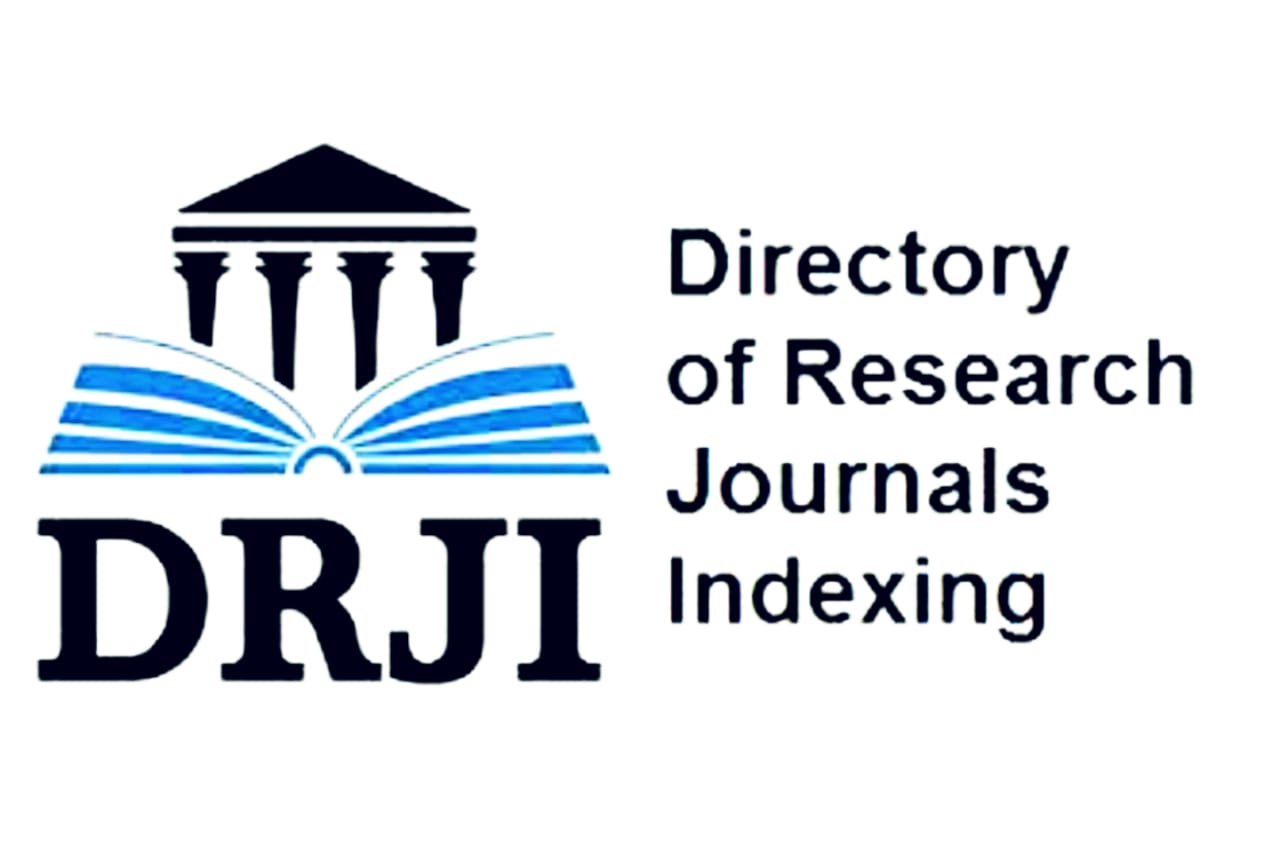Swelling studies on poly(n, n-dimethyl acrylamide-co-acrylic acid) hydrogels
DOI:
https://doi.org/10.26577/ijbch.2021.v14.i2.011Abstract
Hydrogel copolymers based on N, N-dimethyl acrylamide (DMA) and acrylic acid (АAc) were synthesized with different molar composition ratios ([DMA-AAc] = 30÷70, 50÷50 and 70÷30) using ammonium peroxydisulfate as a free radical initiation system and in the presence of various amounts of N, N’-methylene bis (acrylamide) as a crosslinker agent (0.05, 0.1 and 0.3 mol. %) and water as reactant medium. The swelling technique characterized the obtained copolymer by different amounts to added of the crosslinking agent. While a large amount of crosslinking agent in the poly (DMA-co-AAc) hydrogels was reduced the swelling degree in the water medium, a smaller amount in the gel indicated the tendency of the gel to burst. Absorption studies were made using on different concentrations of copper sulphate (CuSO4). Poly (DMA-co-AAc) hydrogels absorption capacity is competitive when there is more N, N-dimethyl acrylamide content in copolymer than others. The swelling ratios of low concentration of Cu (II) ion are higher than those of higher concentration of Cu (II) ion. Hydrogel gave the highest swelling ratio for the solution containing the lowest Cu (II) ion concentration than for the solution containing the highest Cu (II) ion.
Downloads
How to Cite
Issue
Section
License
Copyright (c) 2021 International Journal of Biology and Chemistry

This work is licensed under a Creative Commons Attribution-NonCommercial-NoDerivatives 4.0 International License.
ааа
















